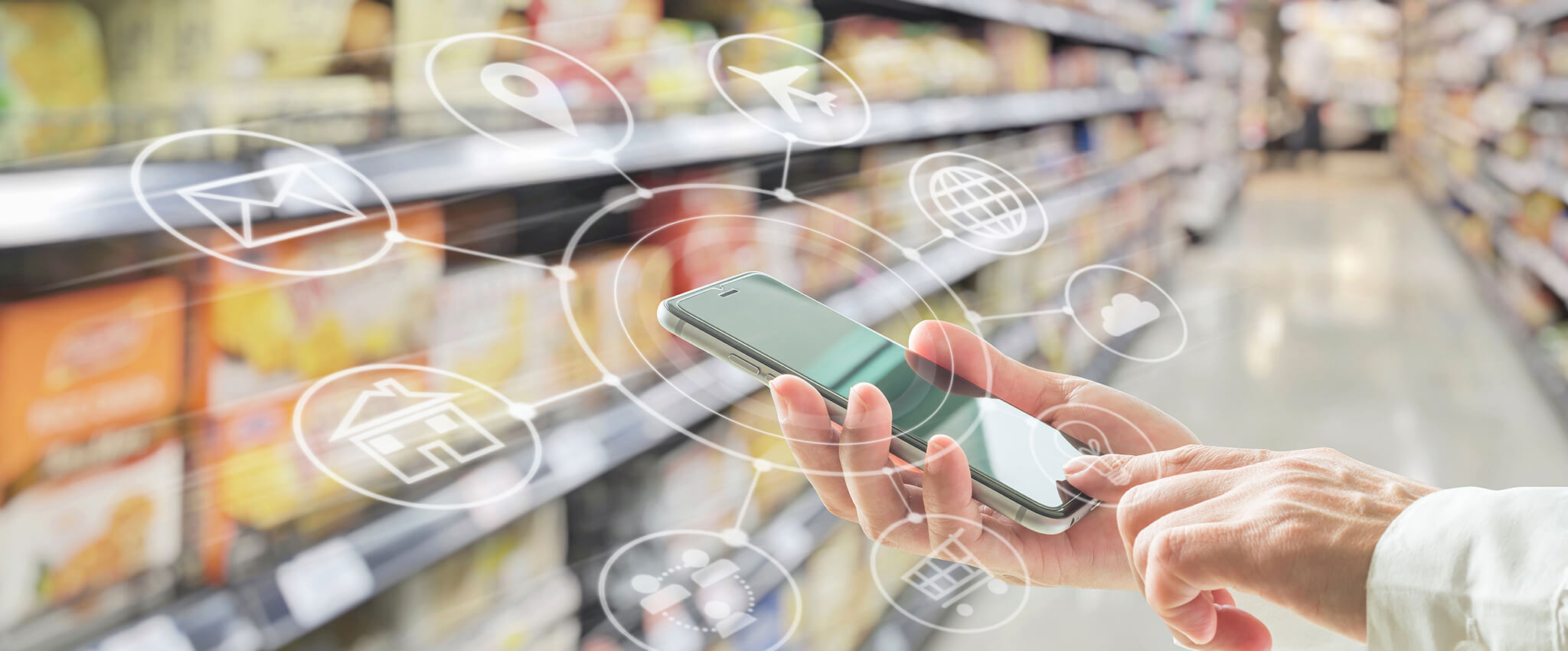As grocers continue to transform how they engage with customers, delivering a true omnichannel retail experience that seamlessly connects digital and feet-in-the-aisles shopping is essential to future success. Here are three innovative strategies grocers can use to provide new value through omnichannel commerce and how these tactics can enhance customer shopping experiences.
Rethinking Omnichannel Retail Experiences
Whether it’s online or in the store, grocery shoppers want convenience. As omnichannel commerce options grow in popularity among consumers, the checkout experience is no longer tied to a single transaction point — it is woven through the entire customer interaction. Curbside pickup, online ordering, and mobile scan-and-pay apps can seamlessly integrate or facilitate payments, enhancing the overall customer experience. Providing customers with the information and convenience they need — via all channels — helps keep them engaged and coming back for more.
It’s true that omnichannel grocery shoppers shop more often and spend up to 20% more versus in-store-only shoppers, according to new research from Symphony RetailAI. And although the study indicated that about half of shoppers abandon the e-commerce channel after one online purchase, those who stayed engaged became more loyal. In turn, stores that are able to retain online and omnichannel retail shoppers — and nudging in-store shoppers to make online purchases — will gain long-term loyalty.
Going Beyond Digital
Grocers have invested heavily through the years to add services designed to make the grocery store a destination, where consumers can do much more than pick up produce and meat. This includes enhancements like pharmacies, kiosks to manage banking or pay bills, and more immersive experiences such as wine tasting or cooking classes.
As pandemic-associated restrictions recede, grocers should revisit their strategies for rebuilding loyalty with the in-store shopper, taking into account the digital-first mindset of the post-pandemic consumer.
For instance, grocers can use their digital engagement channels to get better insight into customer shopping habits and their product preferences to target specific audiences with personalized experiences.
Optimizing Operational Efficiencies
For a traditionally low-margin industry such as grocery, digital technology can drive operational efficiencies that reduce costs. For example, a grocer driving digital payment volume in-store through a mobile app can increase the volume of ACH payments, thereby lowering acceptance costs compared to credit-card transactions.
Shelf management is another way to optimize operational efficiencies that benefit both in-store shoppers and online customers. The efficiency and speed of a retailer’s shelf management process directly impacts revenues and profits. That’s because product displays, good or bad, can significantly impact the shopping experience for customers.
Enhance merchandising displays with pusher display systems from Retail Space Solutions, which keep products on the shelf organized and front-faced, reducing or eliminating false out-of-stocks. Pusher displays assist in-store shoppers and online order pickers in making quicker product selection which leads to greater efficiency and satisfaction.
By maximizing their omnichannel commerce opportunities and developing solid strategies, grocers can thrive in the digital technology era. They’ll advance operational efficiencies, improve loyalty and increase profits. For grocers who want to stay ahead of the competition and increase revenue, omnichannel retail is a cornerstone to building consistent experiences that create happy customers.
